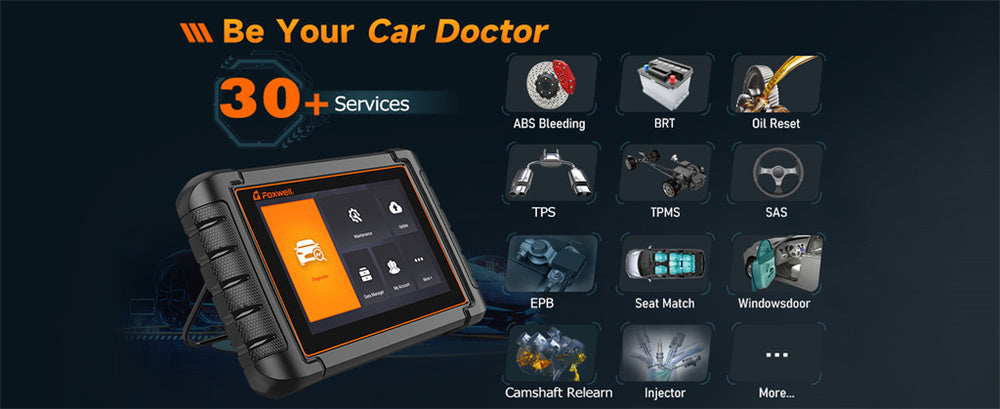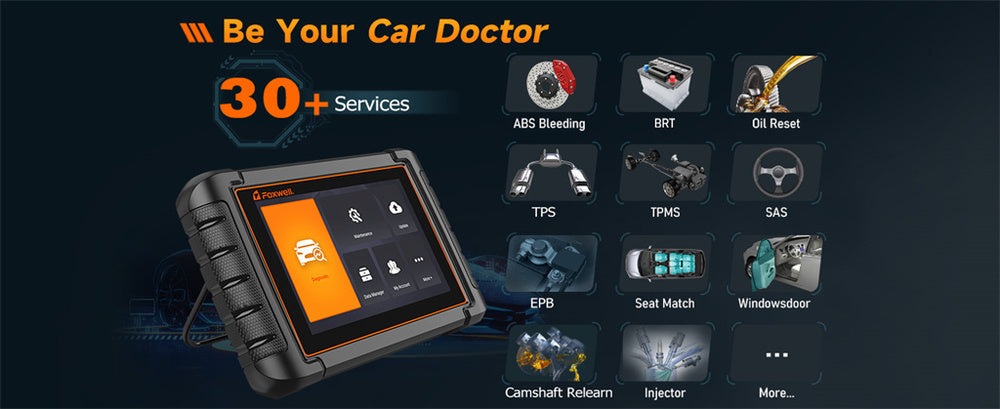When the check engine light illuminates, many drivers become distressed. Although this warning light can indicate any issues with your car, one of the more worrying possibilities could be related to your transmission.
By understanding why and how it comes on and recognizing transmission problems early enough, drivers can help avoid expensive repairs in the future.
Why Does the Check Engine Light Relate to Automatic Transmission Issues?

When your check engine light illuminates, it is your car's warning that something may be amiss with its operation.
At the same time, it could indicate any problems with its automatic transmission system; this red warning light often signals trouble with the transmission function itself.
Please think of the check engine light as an early warning indicator rather than as something definitive--it signals attention that your car needs it now more than ever!
The transmission is responsible for shifting gears to ensure the engine delivers enough power to the wheels. If something goes amiss in this system, your car may start driving usually.
Still, its engine light should warn that an issue could be imminent. Internal sensors can detect these anomalies long before they become significant issues, so disregarding its warning could cost more money later than necessary!
Potential Transmission Issues When Your Vehicle Seems to Run Smoothly
You might ask, "My car drives smoothly; how could there be a transmission issue?"
However, not all transmission problems are immediately detectable; just like when we experience slight discomfort before contracting an illness such as a cold, your transmission might also give off early warning signs before manifesting the more apparent symptoms.
Your car's computer system can detect even minor irregularities that won't directly impact how it drives but may eventually cause issues down the line, such as fluid levels that might be slightly out of sync in your transmission or clutches that don't work as smoothly as they should.
These irregularities might not affect driving today but could present problems later.
Common Signs of Automatic Transmission Issues: How to Detect Early
Even if your car seems normal now, there may be signs that something might be amiss with its transmission system. Here are a few early indicators:
- Delayed Shifting: If your car pauses before shifting gears, that could indicate that something's amiss.
- Slipping Gears: Your vehicle could suddenly change gear without your control while driving, making the engine rev more than it transfers to the wheels.
- Unusual Noises: Grinding, whining, or clunking sounds when shifting could indicate mechanical issues.
- Leakage Fluid: Transmission fluid is typically red or pink - if you see a pool under your car that looks suspicious, this could indicate leakage issues with transmission fluid.
If any of these symptoms arise, it would be prudent to get your transmission evaluated, even if the check engine light hasn't been illuminated.
How to Diagnose Transmission Issues
If your engine light comes on, don't panic: follow these simple steps to determine what's going on:
Please don't ignore it. A malfunctioning light could signal anything from a loose gas cap to transmission issues; simply ignoring it will not make it disappear.
- Use an OBD2 scanner:This tool reads error codes stored in your car's computer, and many auto parts stores offer them for free.
Once you know which code it corresponds to, you can determine whether the transmission is involved.
- Pay Attention to How Your Car Drives: As previously noted, pay close attention to any shifting delays, odd noises, or other abnormal behaviors your vehicle exhibits.
- Schedule a Professional Check-up: If in doubt or concerned, having a mechanic run a diagnostic test to pinpoint the source of any possible problems can be highly beneficial.
How Can an OBD-II Scanner Diagnose Transmission Issues?
When using the Foxwell NT809TS OBD2 scanner for transmission diagnostics, you can utilize its advanced features, including bi-directional control and comprehensive system diagnostics. Here's how this device can help:
Connecting Your Scanner
To connect the Foxwell NT809TS scanner, attach it to your vehicle's OBD-II port under its dashboard. It uses Bluetooth VCI (Vehicle Communication Interface), which gives you freedom of movement while working.
Reading Transmission Error Codes
The NT809TS offers comprehensive diagnostic capabilities, allowing scanning engine systems and all systems, such as the transmission control module (TCM).
When the check engine light illuminates, this scanner will quickly retrieve pertinent codes such as P0700 for general transmission control system errors and more specific codes related to transmission sensors or solenoids - essential in pinpointing problems such as slipping gears or wiring issues.
Utilizing Live Data for Transmission Analysis
This tool also supports live data streaming, with real-time information like transmission fluid temperature, shift solenoid status, and other critical parameters.
Real-time monitoring allows you to detect irregularities that might not result in immediate error codes but still signal a possible problem in real-time.
Conducting Active Tests
The Foxwell NT809TS's bidirectional control makes active tests possible by sending commands directly to the transmission.
This feature can help test components such as solenoids or clutches without driving your vehicle, such as activating transmission oil pumps or forcing gear changes and seeing how your system responds.
Transmission Adaptation Reset
One of the NT809TS's most advantageous features is its ability to perform transmission adaptation resets. These resets are essential after repairs or fluid changes as they allow the transmission control unit to relearn optimal shifting patterns.
User-Friendly Interface and Updates
With its Android-based user interface and one-click updates over Wi-Fi, the NT809TS makes monitoring simple. In addition, its advanced coverage system ensures you always have access to the most up-to-date software and vehicle coverage information.
Automatic Transmission Maintenance Tips: How to Avoid Common Issues
It is always easier and cheaper to avoid transmission problems than to fix them later.
Preventative care goes a long way toward keeping our transmission running smoothly - here's how you can keep yours running smoothly:
Examine your transmission fluid regularly. Low or dirty fluid levels can create serious issues. Ensure your fluid remains at an appropriate level and is still of healthy red hue.
Regular maintenance, such as fluid changes, is vital in protecting the transmission against wear and tear, but aggressive driving should be avoided, as sudden acceleration or braking puts undue strain on it.
Be alert for changes in transmission performance: the sooner any issues arise, the simpler and quicker they can be rectified.

Should You Repair the Transmission Immediately When the Check Engine Light is On?
How urgent a problem is depends on its severity. Suppose your car is driving usually, and the light comes on but is not acting. In that case, visiting the mechanic might not be necessary immediately.
However, it's wise to consider this issue only partially. Having your error code checked will allow you to quickly determine whether addressing it now or later is more urgent.
Think of it as having a toothache: If the discomfort is mild, you might not immediately visit a dentist but don't ignore it either. Waiting can only worsen its effects and increase repair costs; therefore, it is wiser to act sooner rather than later.
Concluison
Finding solutions early for automatic transmission issues can be crucial, particularly if the check engine light comes on. While your vehicle might seem to drive generally at first, hidden issues may be developing that will worsen over time.
By using diagnostic tools like the Foxwell NT809TS scanner, you can uncover transmission problems that might not immediately appear; its capabilities include error code identification, live data monitoring, and active test capabilities, providing invaluable insights into its health status.
Preventative maintenance measures such as regularly monitoring transmission fluid and adhering to service schedules will keep your transmission in optimal condition. You act quickly when your check engine light illuminates, which can save you costly repairs later!
FAQs
Will a check engine light come on with transmission issues?
Yes, the check engine light can come on due to transmission issues. The vehicle’s computer monitors the transmission system, and if it detects any problems, such as slipping or sensor failures, it will trigger the light.
What can be mistaken for transmission problems?
Issues like engine misfires, faulty sensors, or problems with the drivetrain or exhaust system can sometimes mimic transmission problems, causing similar symptoms such as poor acceleration or unusual noises.
How do you know if your transmission is going out in an automatic?
Common signs of a failing automatic transmission include delayed shifting, slipping gears, unusual noises (grinding or whining), and leaking transmission fluid. If you notice these signs, it’s best to get your car checked immediately.




Leave a comment
This site is protected by hCaptcha and the hCaptcha Privacy Policy and Terms of Service apply.